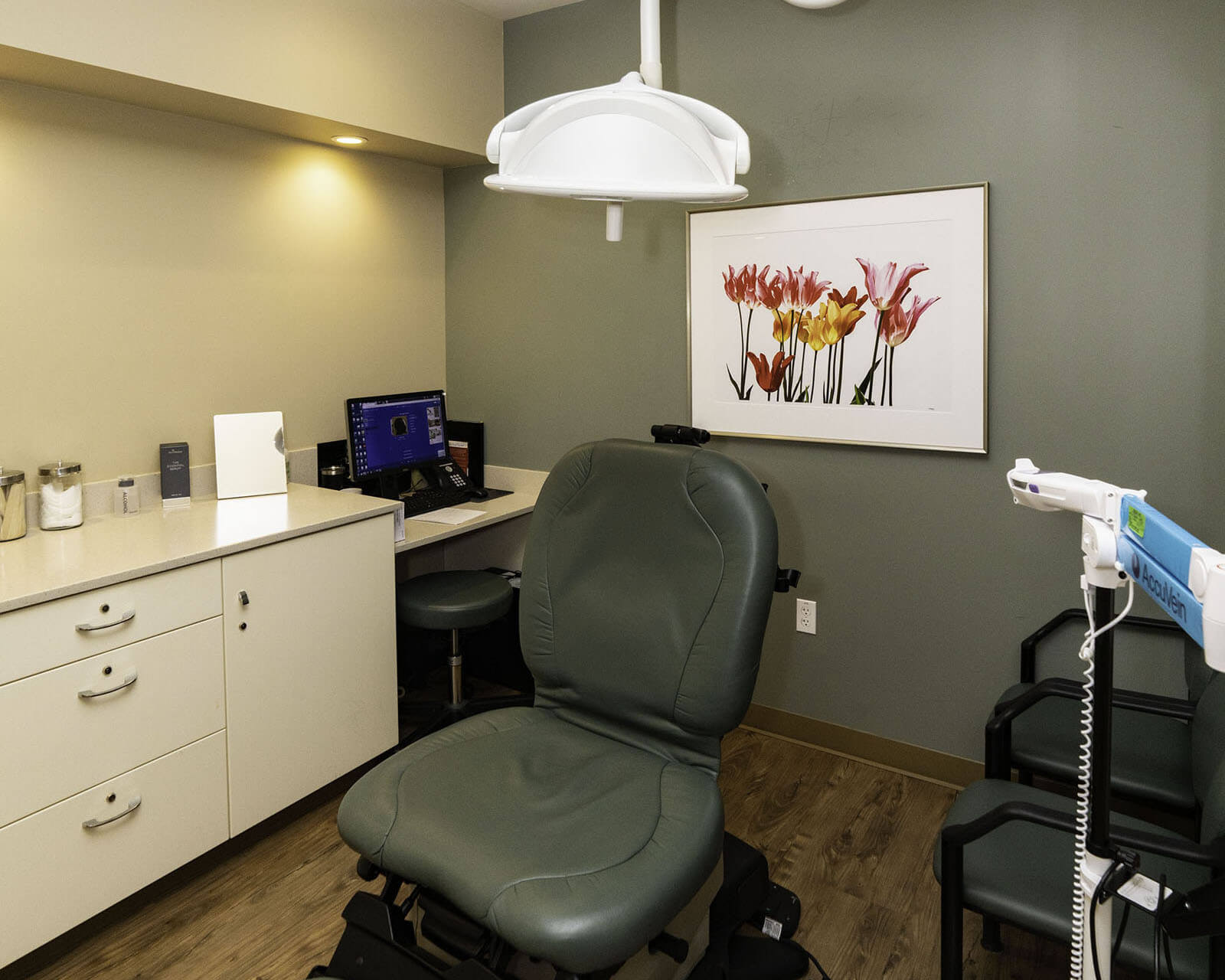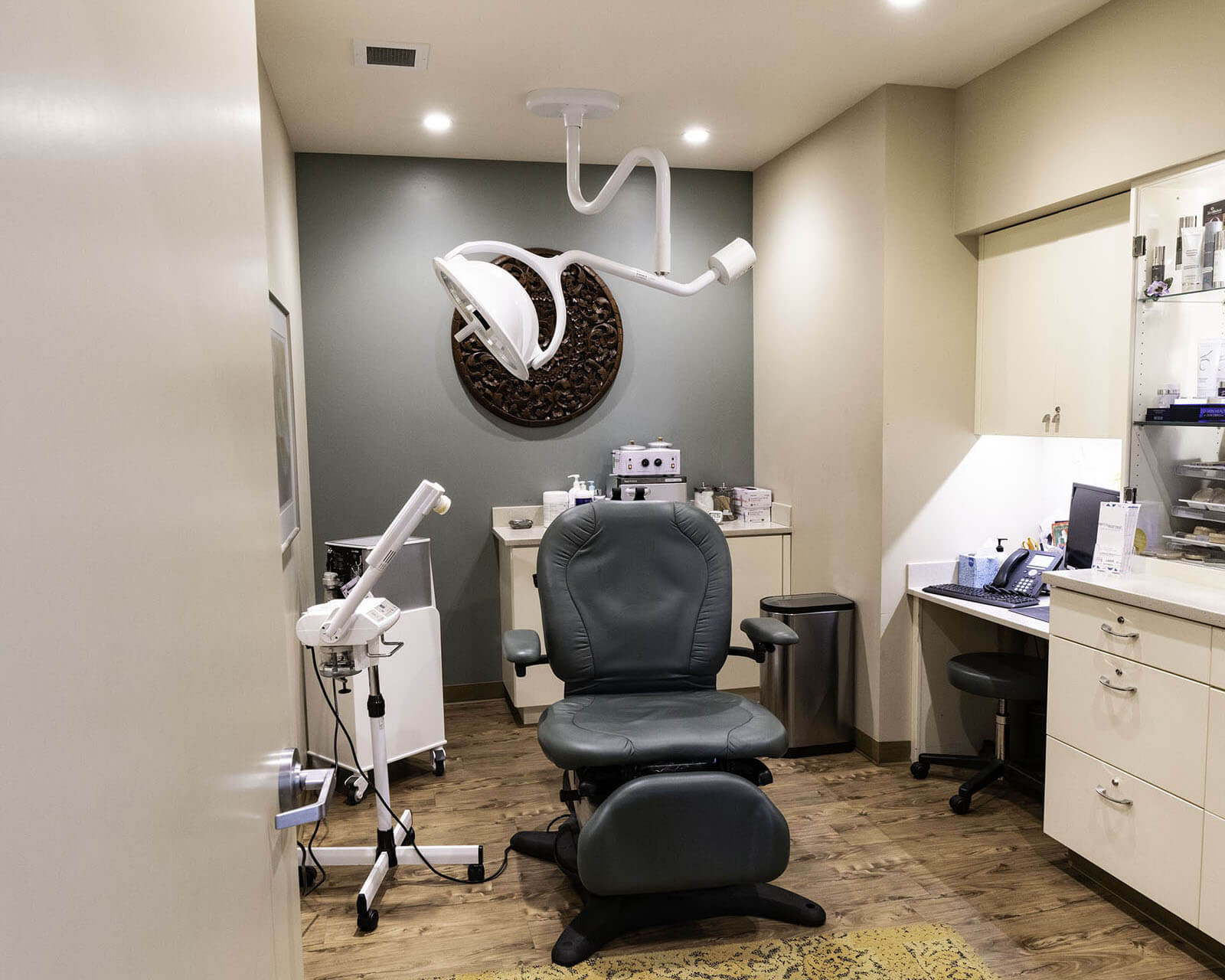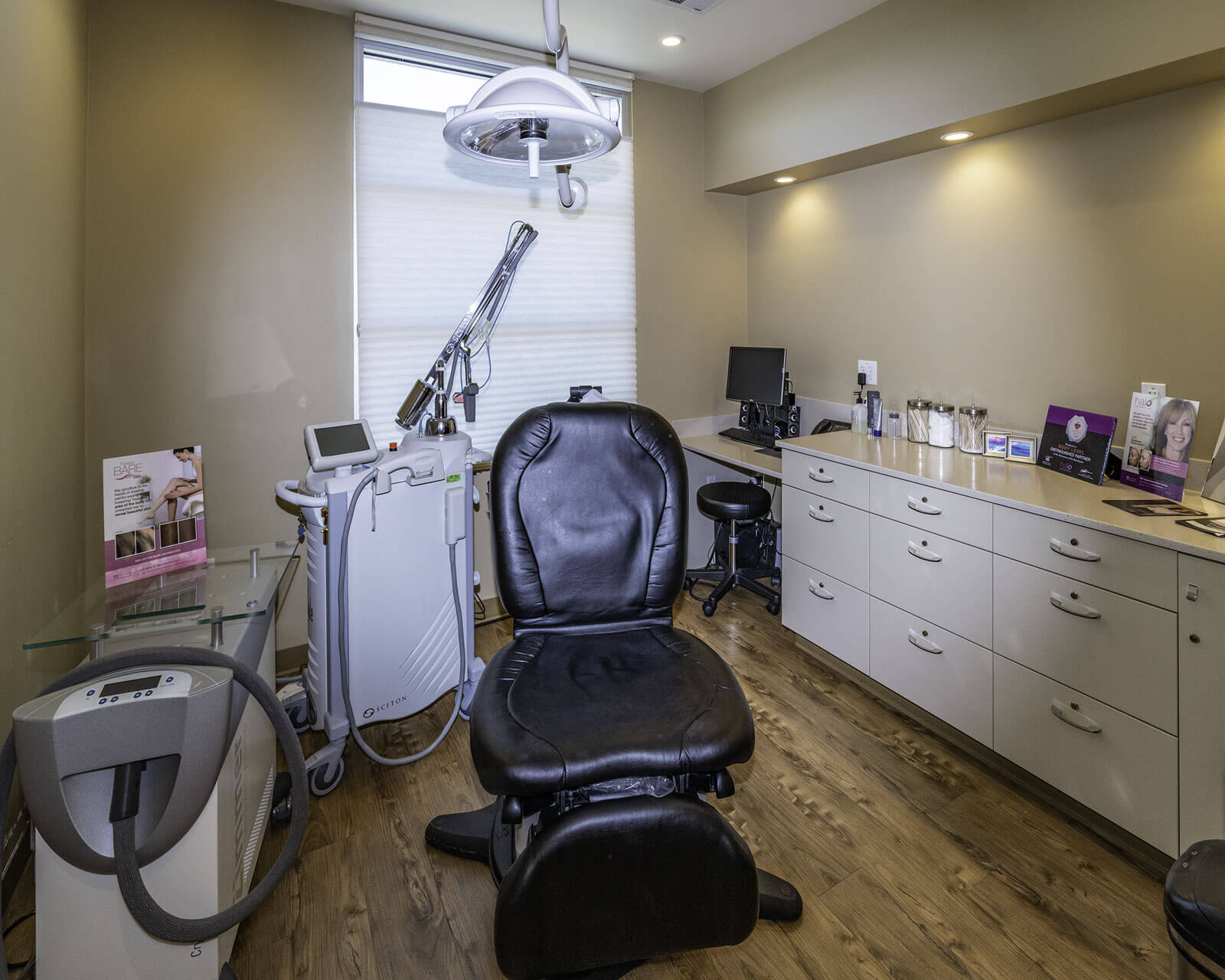Helpful Tips for Laser Tattoo Removal

Tattoos are either something you love forever or soon come to regret. Perhaps after you’ve broken up with a significant other, their name tattooed on your back only brings up painful memories. Covering it up is one way to go about remedying the situation, but most people would rather just get rid of the tattoo entirely.
Recently, laser procedures have become the gold standard when it comes to tattoo removal. Here are some important tips you should know before you get your tattoo removed.
Pace Yourself
A single sitting won’t typically be enough to completely clear your skin of ink. Multiple sittings will be necessary, as this serves to reduce the amount of discomfort and side-effects like skin irritation and broken skin.
On average, a complete tattoo removal can take six to ten sittings. At times, it can take more than ten treatments to remove a tattoo. Determining factors include tattoo size, density, and colors of ink used.
Periods of rest for about four to six weeks between treatment cycles are important to give your skin plenty time to heal. There’s no need to rush it – patience is key.
It’s All About Location, Location, Location
The location of your tattoo makes a major difference for removal. Better circulation helps tattoos fade quicker. Fading shows better results if the tattoo is closer to the heart, whereas tattoos on your arms and legs would take longer to fade.
Remember That Colors Matter
Different types of lasers calibrated to different wavelengths affect different colors of ink. Because of this, you may have to get treatments from multiple lasers to completely erase a single tattoo.
Set Realistic Expectations
Certain tattoos can’t be removed. Keep in mind that removal of your tattoo isn’t guaranteed. It’s best to arrange a consultation with a skilled medical professional to get a better understanding of the degree of removal possible for your tattoo. Some removal procedures might leave a faint image or a post-treatment mark.
What to Expect During or After Your Treatment
Laser tattoo removal involves using laser energy to break up ink particles within the skin tissues. These particles are then harmlessly filtered out of the body.
The exact details of your tattoo-removal session will depend on a number of factors, including your skin tone, type of skin, and overall physical health condition.
At times, tattoo treatments might show post-treatment side effects like bleeding, blisters, swelling, raised areas, redness, and temporary darkness. Common to most treatments, these are temporary effects certain to clear up within a couple of weeks. Lightening or darkening of skin pigments generally fixes itself within six to twelve months of treatment.
Make the Most of Your Consultation
During a consultation, be sure to inquire about all the positives and negatives of the treatment process. Do your research and ask for before-and-after pictures to give you an accurate idea of what to expect. It’s best to look at examples of people with similar skin types and tones.
To get started, schedule an informative tattoo-removal consultation with Doctors Matthew Romans and Jeremy Silk, board-certified plastic surgeons with years of experience. Set up your appointment – contact our office today.
















